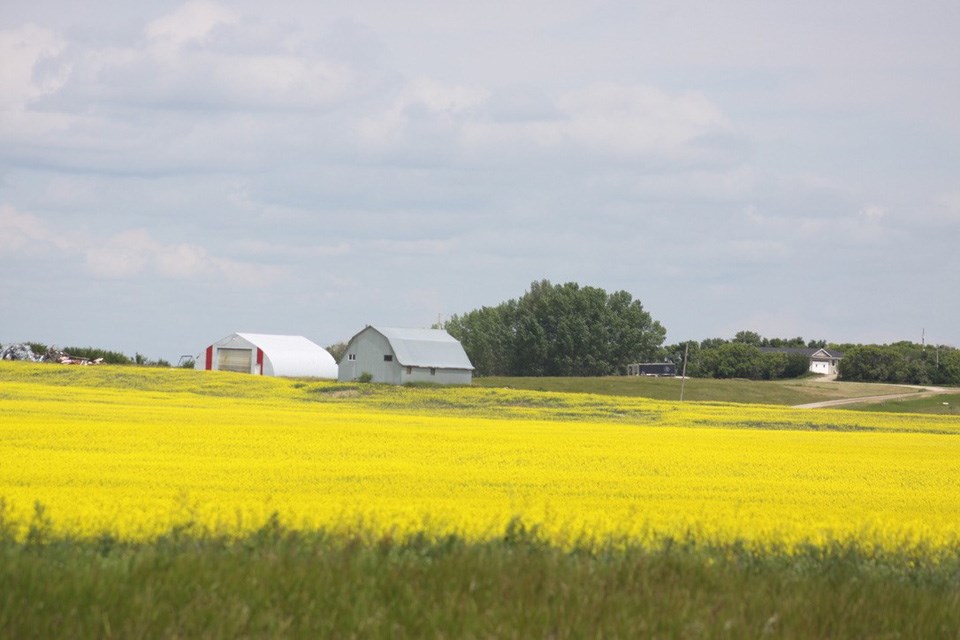MOOSE JAW — Renting farmland puts more cash into the pockets of farmers, according to the Farm Credit Canada land rental report.
The annual report found that farmers who are renting land had greater cash flow than owners.
Saskatchewan farmers gained an extra $58 an acre cash flow from renting land between 2020 and 2024, says the report.
In neighbouring Alberta, the extra cash gain was $177 an acre, while in Manitoba, that gain was $95 an acre.
Using a benchmark measure ratio of rent divided by land value the FCC report said rental ratios in Saskatchewan were unchanged, reflecting the increase in land values.
The Alberta ratio was slightly lower.
“The cash flow advantage of renting land increased slightly compared to purchasing. The increase ranged from $5 to $10 per acre, influenced by lower interest rates that helped offset some of the rise in farmland values related to newly purchased land payments.”
The report noted that cash flow benefits from renting can vary significantly across regions.
And ownership carries a long-term benefit.
“On the other hand if an operation had bought land in 2020 it would have experienced increases in land value, which amounted to between $1,200 to $1,500 an acre in the Prairies.
“As producers evaluate their options, they must consider their unique financial situations and future expectations for rental rates and farmland values, ultimately balancing short-term profitability with long-term asset growth,’’ the FCC report said.
Land rental as a per cent of land value varies by province.
Saskatchewan rents averaged three per cent of land value, with a variation between 1.8 per cent and 4.6 per cent.
In Alberta, rents averaged 2.35 per cent with variations from 1.35 to 3.65 per cent.
Manitoba rents averaged 2.4 per cent of value, varying from 1.15 to 3.6 per cent.
Lowest rents in Canada as a portion of value were in Ontario, at 1.2 per cent, and Quebec, 1.6 per cent. Most land values in these provinces are much higher than in the Prairies.
Ron Walter can be reached at [email protected]




